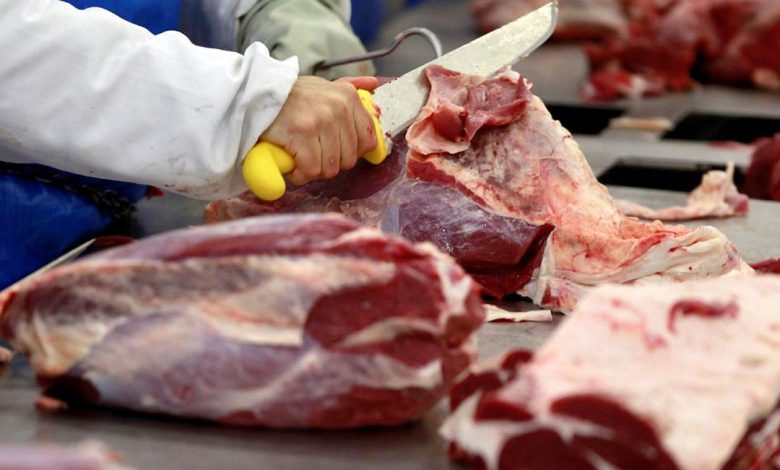China meat ambitions to require foreign grain suppliers to step up

CHINA’S reaffirmation of a long-term goal to be almost entirely self-sufficient in pork production means it will keep scooping up global grain supplies to feed the world’s largest pig herd.
The country, which consumes half of the world’s pork, will maintain a target to produce 95% of the protein at home through 2025. It wants to be self sufficient in poultry and egg, 85% for beef and mutton, and 70% for dairy, the agriculture ministry said, adding that they form part of China’s food security goals.
The targets will likely bolster overseas purchases of soybeans and feed grains needed to fatten hogs, cattle and poultry. China is already the top importer of soybeans and corn, and has purchased unprecedented amounts in the past two years to feed a hog herd recovering from African swine fever. The buying binge sparked a global price rally as investors were also worried about supply.
“Imports of feed grain are likely to remain high for the foreseeable future as China begins to prioritize domestic production of meat and dairy,” said Darin Friedrichs, co-founder and market research director of Sitonia Consulting, a China-based agriculture information service provider.
The self-sufficiency goals, which were flagged since 2020 at least, come as the deadly African swine fever outbreak about three years ago destroyed roughly half of China’s hog population and spurred a surge in meat imports and record pork prices. It accelerated a push to modernize hog production and cut costs.
Today the national herd has recovered to a six-year high and is 17% bigger than before the disease struck. Futures in Dalian are down about 50% this year, underscoring the boom-bust cycle China’s pig farming industry is notorious for.
The self-sufficiency targets are part of a series of measures to ensure stable meat supplies and prices. The ministry said China’s consumption of livestock products will continue to grow but there will be gaps in feed grain supply and demand. It also noted that China is “heavily reliant” on imports for soybeans. — Bloomberg




